Fruit Tree Pruning: How And When To Prune Fruit Trees
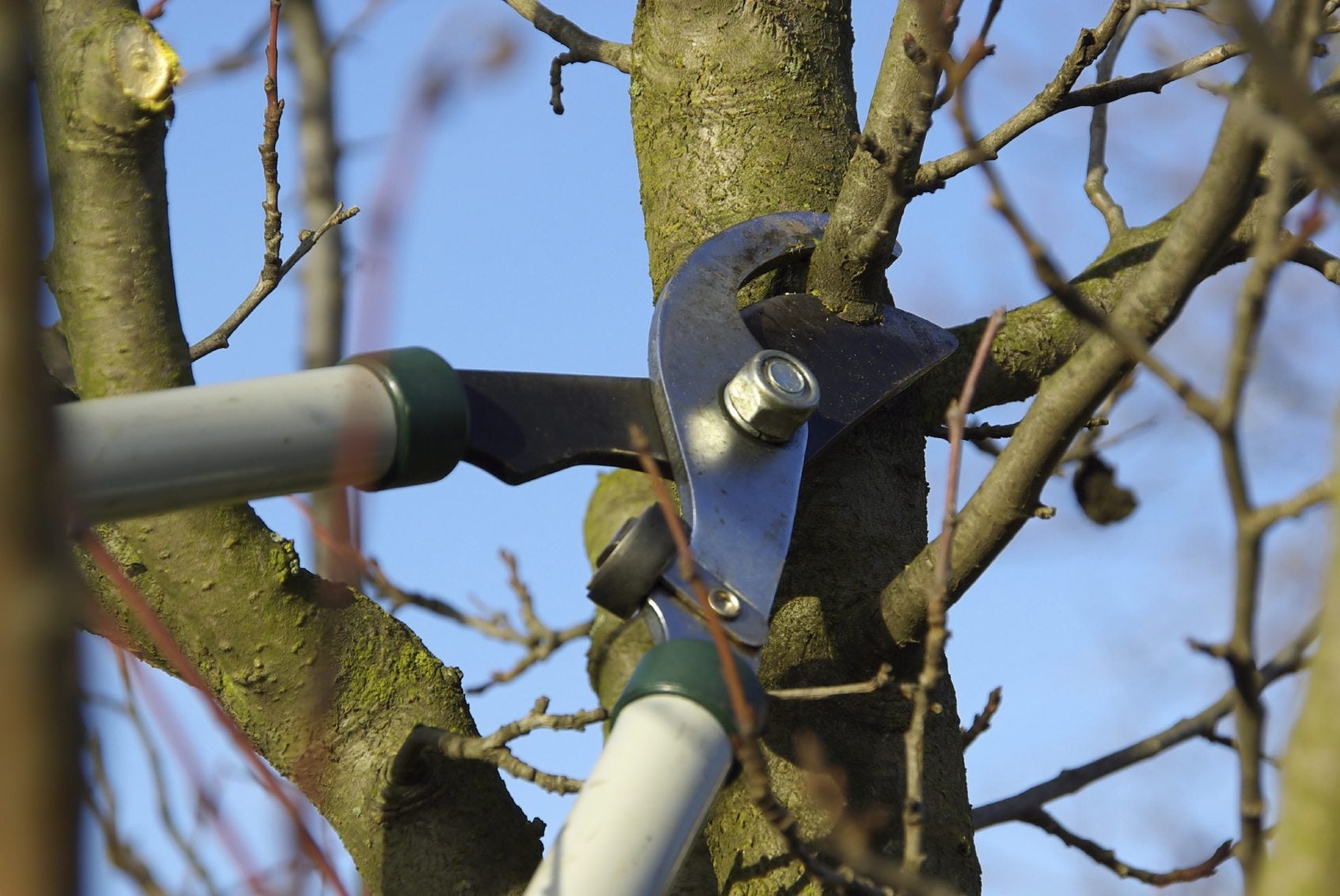

Timing and method of fruit tree pruning can enhance the amount and quality of your crop. Learning when to prune fruit trees will also create an open scaffold that is strong enough to bear all those beautiful fruits without breaking. Proper pruning methods and timing are the keys to bountiful crops and healthy trees. Read on for some tips and techniques on fruit tree pruning.
When to Prune Fruit Trees
Most fruit trees don't need pruning annually once they have been trained. Initial fruit tree pruning is important to help young trees produce thick stems and open canopies where light and air can enter and promote flowering, as well as reduce fungal and bacterial diseases.
The best time for pruning fruit trees is at planting and in subsequent years, in early spring before buds break and trees are still dormant. Pruning should be undertaken at planting time where you cut the new stem off 24 to 30 inches (61-76 cm.) from the ground and remove any side shoots. This causes the new tree to grow low branches and balances growth and the root system to keep the plant from getting top-heavy during establishment.
You can't expect much fruiting in the first two to three years as the plant develops low branches for better fruiting. This training for young trees can take many forms, but the most common is central leader training. This type of training gives the tree a strong trunk and laterally branching stems that start about 30 inches (76 cm.) from the ground. The scaffold is formed by selecting a scaffold whorl, four to five balanced branches, which will form the base form of the tree.
Fruit Tree Pruning After the First Year
It's important to know how to prune a fruit tree for the first three years. The goal is to increase scaffold strength, promote fruiting branches, and minimize rubbing and crossing.
The best time for pruning fruit trees that are newly planted is in the summer after new growth has begun to sprout from the initial cuts. After new growth has reached 3 to 4 inches (7.5-10 cm.), select the central leader and remove all other branches 4 inches (10 cm.) below it.
Side branches are spread with toothpicks or similar items to form crotch angles of 45 to 60 degrees from the central leader. This allows maximum light and air and creates strong branches that aren't prone to splitting and can handle a load of heavy fruit. After five to six weeks, remove these spreaders.
Gardening tips, videos, info and more delivered right to your inbox!
Sign up for the Gardening Know How newsletter today and receive a free copy of our e-book "How to Grow Delicious Tomatoes".
How to Prune a Fruit Tree After Three Years
The first three years are devoted to managing the scaffold, removing any crossing branches, secondary stems, waterspouts (or sucker growth), downward growth and heading back lateral growth to one-quarter of their complete length. This later step forces side branches.
Additionally, dormant pruning is used on mature trees to keep the lateral branches in the proper shape by cutting them back to at least two-year-old wood that is close to the same diameter using angle cuts that force water away from the cut end.
Dormant pruning in early spring is also the time to remove dead wood and errant growth that is weak and diminishes fruiting. Once the tree is mature, if proper training took place, pruning is nearly unnecessary except to reduce downward weak branches, waterspouts, and remove dead wood.
Neglected fruit trees may require drastic rejuvenation pruning, which reinvigorates the scaffold but will minimize fruit load for several years. It is necessary to know how to prune a fruit tree that has been neglected or the wood will become weak and breakage and splitting will occur.
Additionally, trees that are crowded have poor fruit production, so canopy management becomes a concern for older plants.

Bonnie Grant is a professional landscaper with a Certification in Urban Gardening. She has been gardening and writing for 15 years. A former professional chef, she has a passion for edible landscaping.
-
 4 Superfast Composting Methods: Turn Waste Into Garden Gold In 30 Days Or Less
4 Superfast Composting Methods: Turn Waste Into Garden Gold In 30 Days Or LessTry the fastest composting methods to turbocharge your pile and transform kitchen scraps and garden waste into finished compost in just a few weeks.
By Mary Ellen Ellis
-
 Best Spider Plant Soil – Complete Soil Guide And Expert Tips For Keeping Plants Happy
Best Spider Plant Soil – Complete Soil Guide And Expert Tips For Keeping Plants HappySpider plants are fun and easy plants to grow, but what is the best soil for a spider plant? Selecting the right soil is important so they can thrive.
By Bonnie L. Grant
-
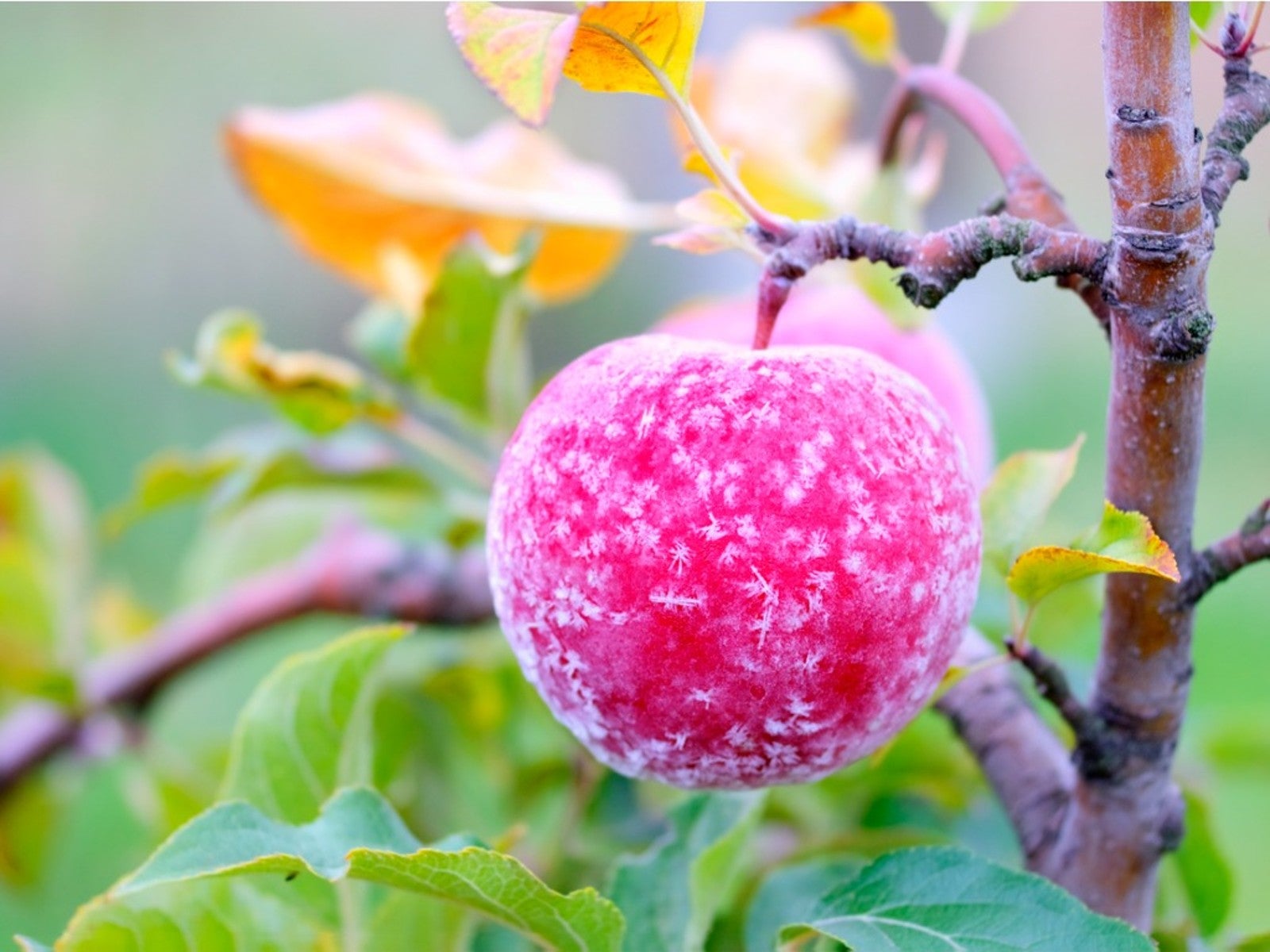 How To Protect Fruit Trees From Frost And Freeze
How To Protect Fruit Trees From Frost And FreezeChoosing fruit trees appropriate for your growing zone is best, but you still may need to protect them from extreme cold. Read how.
By Bonnie L. Grant
-
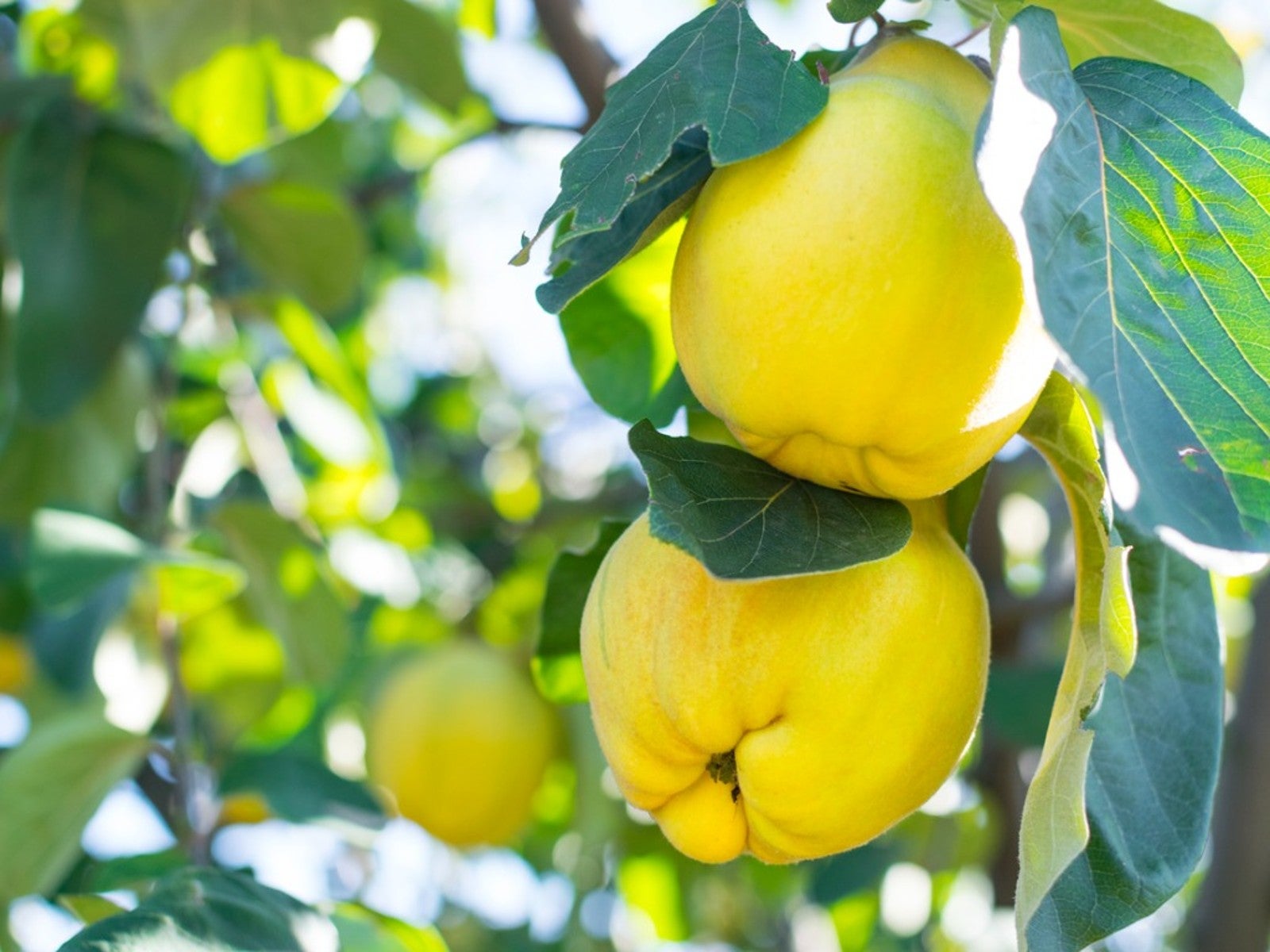 Best Plants For Late Summer and Fall Fruit Harvest
Best Plants For Late Summer and Fall Fruit HarvestEven if you don’t have the optimal conditions for more common fruit trees, there are other end of summer fruits to enjoy.
By Teo Spengler
-
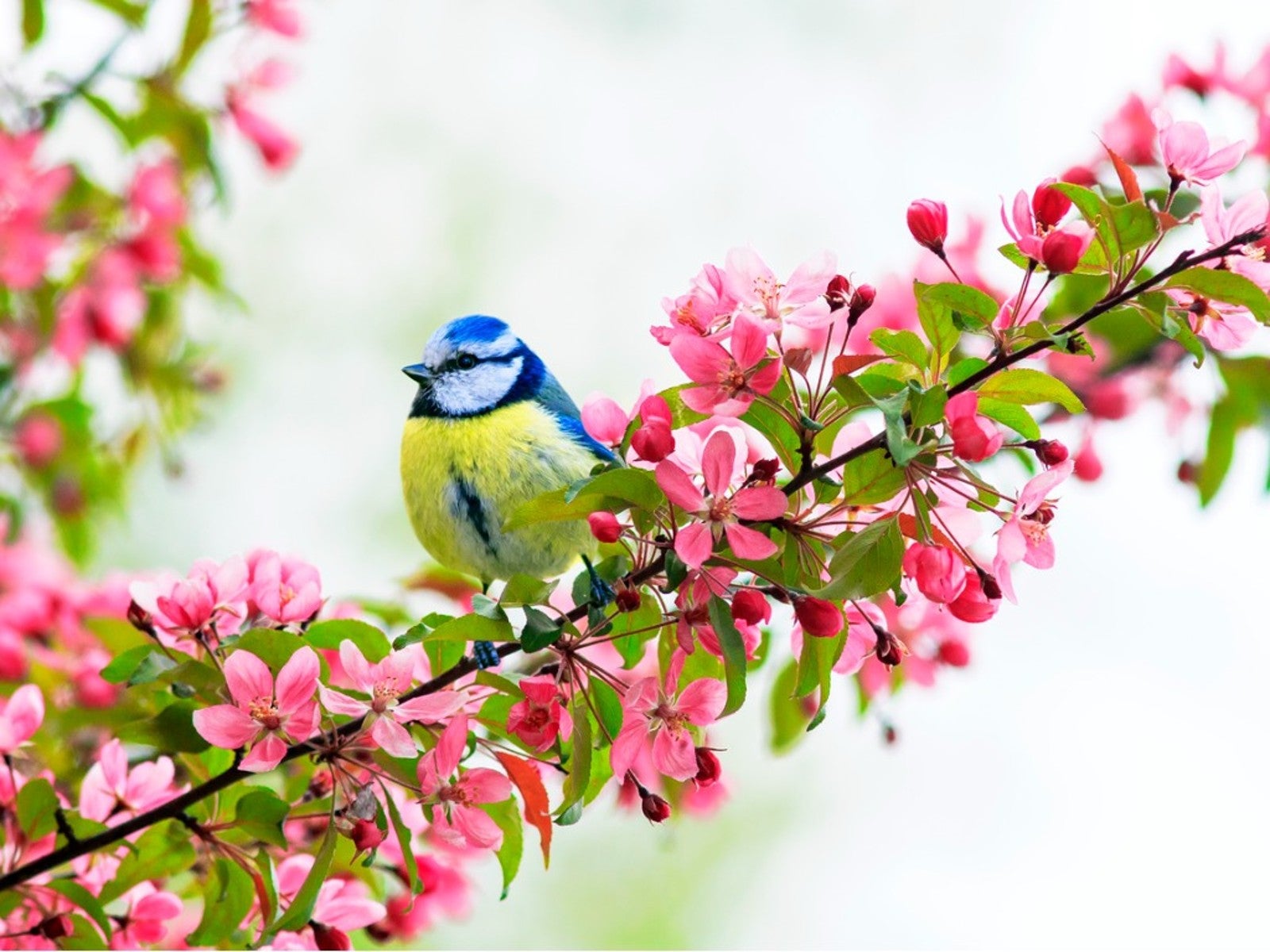 Best Native Fruit Trees To Support Wildlife
Best Native Fruit Trees To Support WildlifeIf you want trees that will attract and feed wildlife, learn the best kinds of edible fruit and nut trees to plant for inviting specific creatures.
By Teo Spengler
-
 Orange Fruit Varieties: Growing Fruits That Are Orange
Orange Fruit Varieties: Growing Fruits That Are OrangeOrange colored fruit isn’t limited to the citrus orange. There are plenty of other orange colored fruit varieties, each packing a healthful punch. Read on for more.
By Amy Grant
-
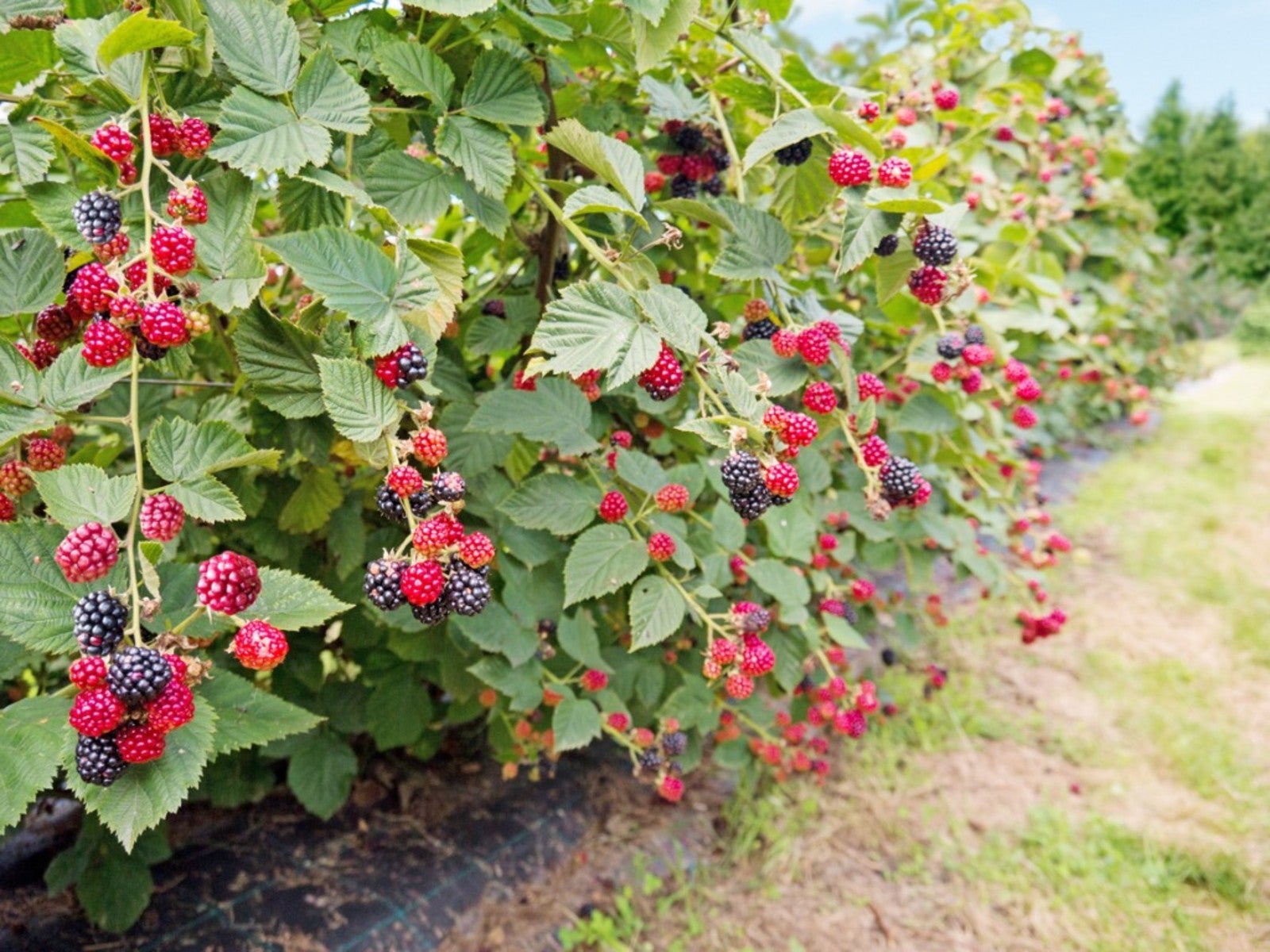 Everbearing Plants: Learn About Everbearing Varieties Of Fruit
Everbearing Plants: Learn About Everbearing Varieties Of FruitWhat does everbearing mean? And more importantly, how do everbearing varieties differ from non-everbearing types? Read on for more.
By Laura Miller
-
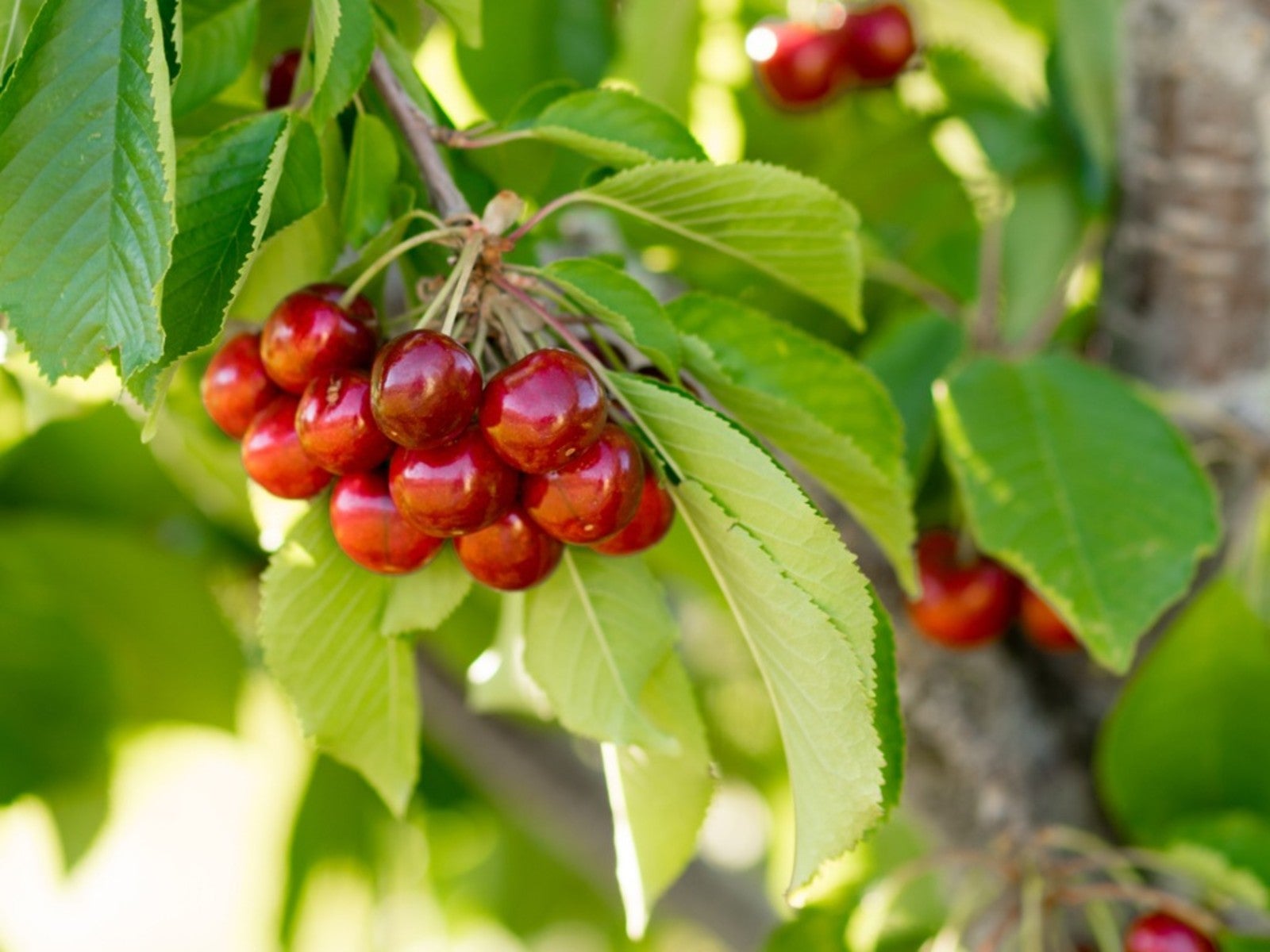 Plant A Red Fruit Garden: Growing Fruits With Red Flesh
Plant A Red Fruit Garden: Growing Fruits With Red FleshPlanting a red fruit garden may seem a bit whimsical. That is, until you realize the health benefits of consuming fruits with red flesh.
By Laura Miller
-
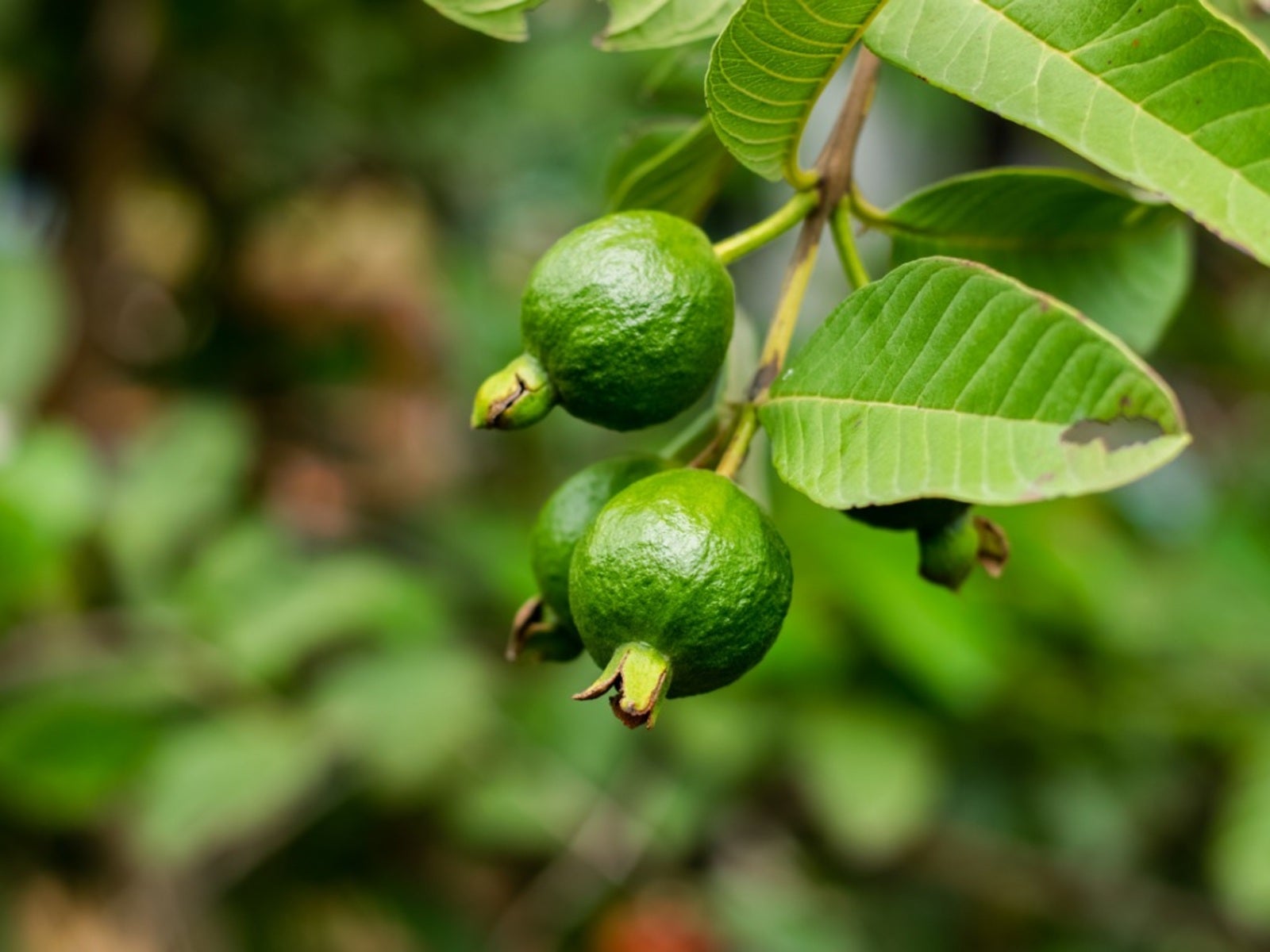 Heat Tolerant Fruits - Growing Fruit In Hot Weather
Heat Tolerant Fruits - Growing Fruit In Hot WeatherSome fruit grows in extreme heat naturally. But there are also specially cultivated, heat-tolerant varieties. For more information on heat tolerant fruits, read on.
By Teo Spengler
-
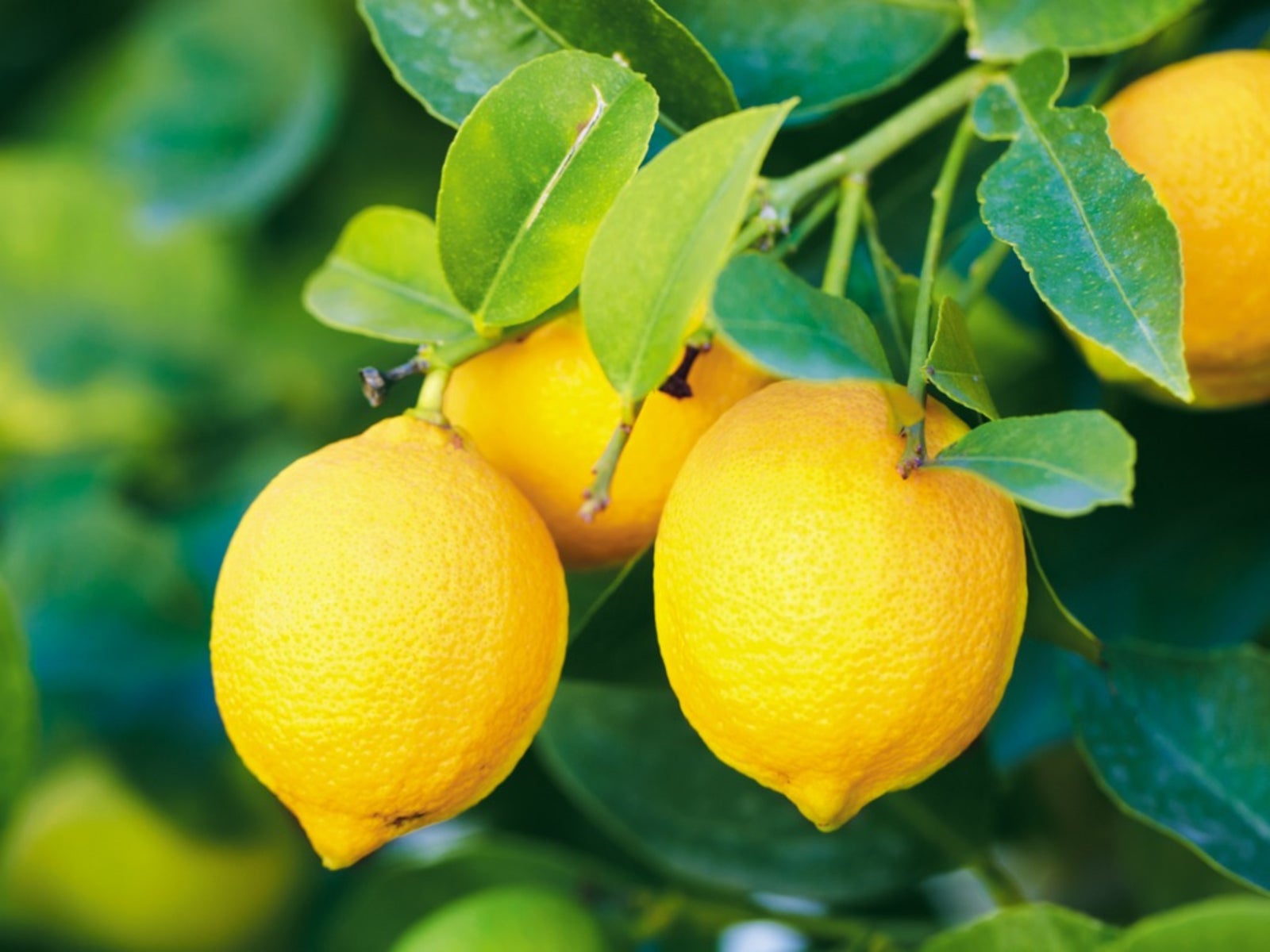 Yellow Fruit Varieties - Growing Fruit That Is Yellow
Yellow Fruit Varieties - Growing Fruit That Is YellowWhat fruit is yellow? There's more than the bananas at the supermarket. Try growing yellow fruit for a consistent supply of sunny food.
By Bonnie L. Grant